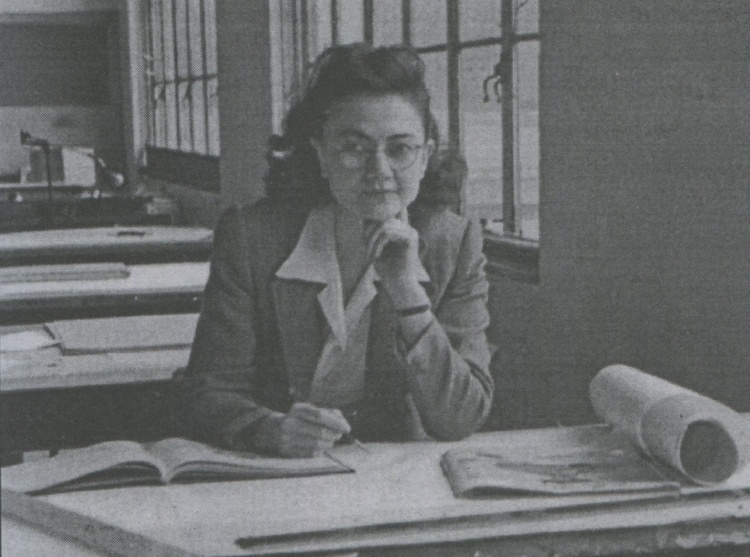
Events
Celile Berk at MIT: A Female Architect in Public Health

Discover the story of an Istanbul-born woman architect and her master thesis at the MIT-School of Architecture and Planning in the 1940s
About this event
This online talk and presentation aim to stimulate a fresh feminist discussion on improvement in architecture design of healthcare environments and diverse women architects’ accomplishments through Celile Berk and Alvar Aalto at MIT in the postwar US.
Although gender and race-based obstacles were barriers for lots of (foreign-born, immigrant and underrepresented) women architects during the postwar US (and even today), Celile was successfully admitted to the MIT-Architecture in the second half of the 1940s, and studied in her master thesis on the integration of modern (tuberculosis) care techniques into architecture design thinking as Professor Alvar Aalto’s student. Tracing essential design principles of Paimio Sanatorium designed by him, her tuberculosis sanatorium project emphasizes how “human-oriented approach” and “methodical accommodation” in modern architectural design attitude could help to fight the spread of infectious disease (tuberculosis) despite the negative impact of post-Second World War conditions on public health.
Presented by:
Meral Ekincioglu, Ph.D.
MIT, visiting scholar
Columbia University, research scholar
Harvard University, special Turkish fellow
meralekincioglu.com
Trained as an architect, Dr. Ekincioglu conducted her advanced academic research project in relation to intersectional feminism and intertwined history of architecture at the MIT-History, Theory and Criticism of Architecture Program for two years after her Ph.D. in Architecture at Istanbul Technical University. She is the first scholar to uncover “career history of Turkish and Turkish-American women architects in postwar US” and “first and two early women architects from the Princeton University, School of Architecture”. Her scholarly brings into focus a critical insight into the politics of gender in institutional policies, academia, the profession, education, history and history-writing, and examines cross-cultural relations and transnational (design) practice in postwar architecture. Her current research project focuses on diversity and inclusion in historical documentation of architectural education in the US, and a recent interview with her has been published by “ArchivesAWARE” hosted by the Society of American Archivists.

